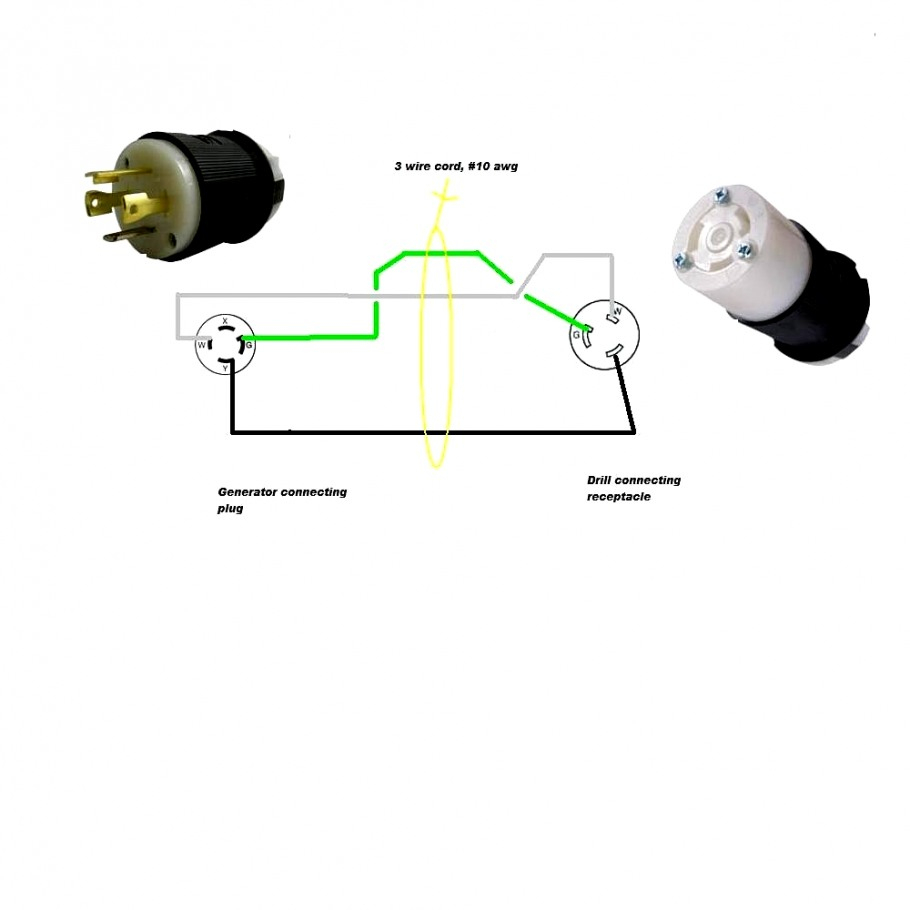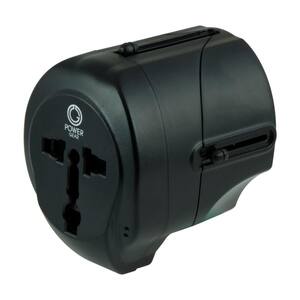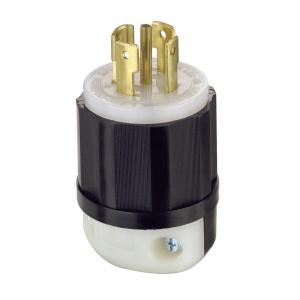
What’s the difference between a three-prong and four-prong plug? An electric dryer generates the necessary heat, along with running everything else from electricity and requires 240-volt current, meaning the outlet needs to accommodate 240-volts. A gas dryer works by burning natural gas or propane to dry the clothes, so its electricity needs are satisfied by a normal 120-volt current outlet. Gas dryers and electric dryers have different electricity needs. There’s rarely a need to buy a new dryer. To be sure the dryer is going to work, some people call a certified electrician to switch out the cords. A trip to the hardware store for the right cord with the four-prong plug, remove the old cord, replace it with the new cord and all usually runs well. Call 80 or just drop your requirements here.What do you do when your dryer has a three-prong plug and your new house has four slots in the outlet? It’s actually a pretty quick fix according to the San Luis Obispo electricians at Electricraft, Inc. If you would like to buy 240V outlet for your home and office, contact D & F Liquidators for the electrical supplies. The newer four-prong 240V outlets have an ‘L’ on top with two side holes and a half-circle hole on the bottom for the ground wire. The top hole of an older three-prong 240-volt plugs looks like a backward ‘L’and the other two holes are diagonally placed on the sides. The 240-volt outlets are larger than 120-volt outlets, and they have rounded tops with three or four holes. If you have not already installed four-prong 240-volt outlets, do it as they will solve any safety or compatibility issues.

The 4th prong adds a ground wire, thus providing additional safety against electric shock. Now, these old three-prong 240V outlets are replaced with four-prong outlets. The older 3-prong outlets were designed to have two live wires and one neutral wire. The following appliances need a 240-volt plug installed to operate: The 240-volt outlets are meant for large, motor-driven appliances that need more electricity to run effectively.

You need to know exactly where you should place your appliances to ensure they function efficiently. Planning your electricity in your home is absolutely essential. For example, an oven connected a 120V wire will only produce 1/4 the heat it would produce if it had been connected to a 240-volt outlet. When You Need 240 Volt Outlets?Īlthough a number of your appliances, such as oven, dryer, and washing machine, may technically run on 120V, they need more than that voltage to run efficiently. Older homes and appliances have three-prong 240-volt outlets, but today’s modern outlets and appliances use a ground wire too, which means a modern 240-volt plug has four prongs.

The 240-volt outlet has two 120-volt wires and a neutral wire to power a single electrical appliance. What is a 240-Volt Outlet?Ī standard electrical outlet has a 120-volt wire and a neutral wire that works together to deliver power using one phase of your electrical service.

You need to have both the 120-volt and 240-volt outlets depending on your needs and appliances. Going for only 120-volt outlets throughout your home is not safe. A 249-volt outlet is the larger type, which has a room for 3 or 4 individual plugs of varying sizes. A 120-volt outlet is the one you use to plug in your phone charger or vacuum cleaner. You should be able to distinguish between a standard 120-volt outlet and a 240-volt outlet. That’s why you need to have the right outlets installed. And not every outlet in your home can handle high voltage (240-volt) current. Consider the electric current flowing through the electrical wires in your home as pressure – the harder and quicker the electrons are pushed through the wires, the more power they will provide to the outlet.


 0 kommentar(er)
0 kommentar(er)
